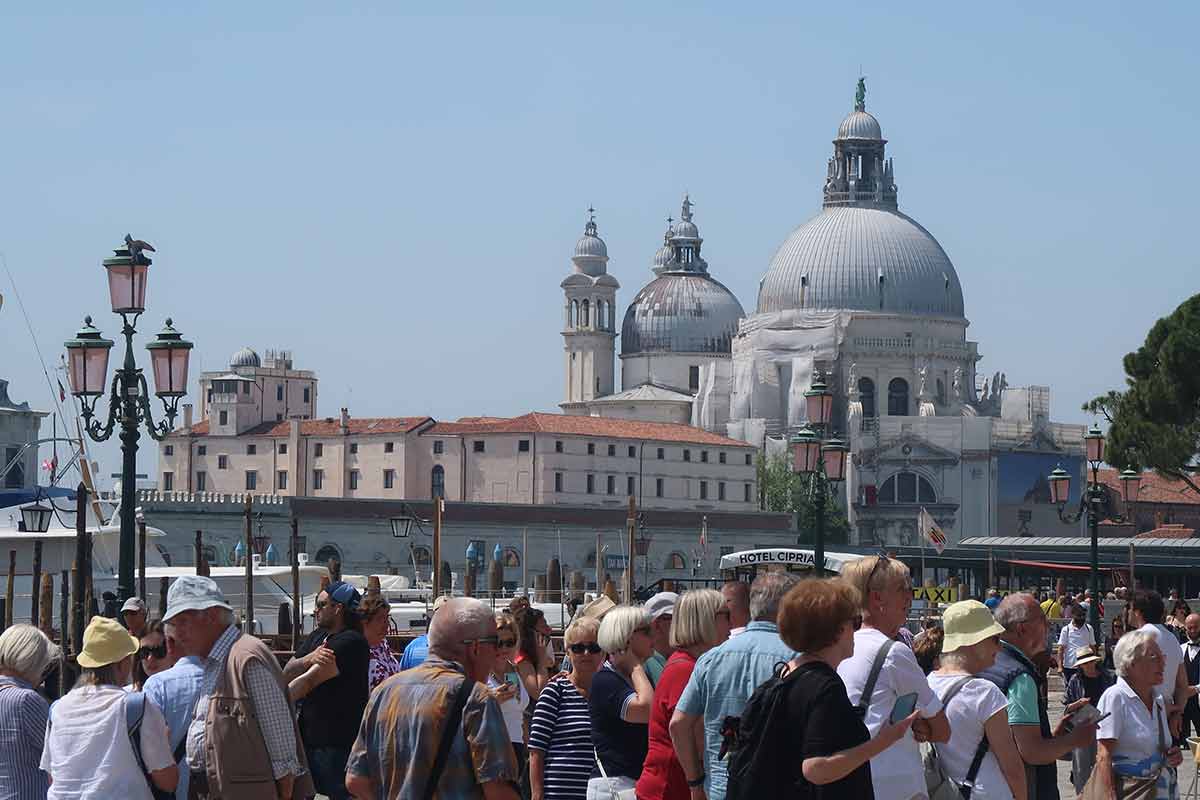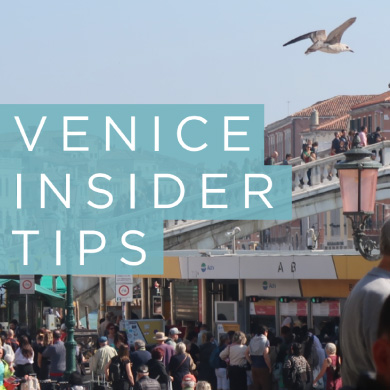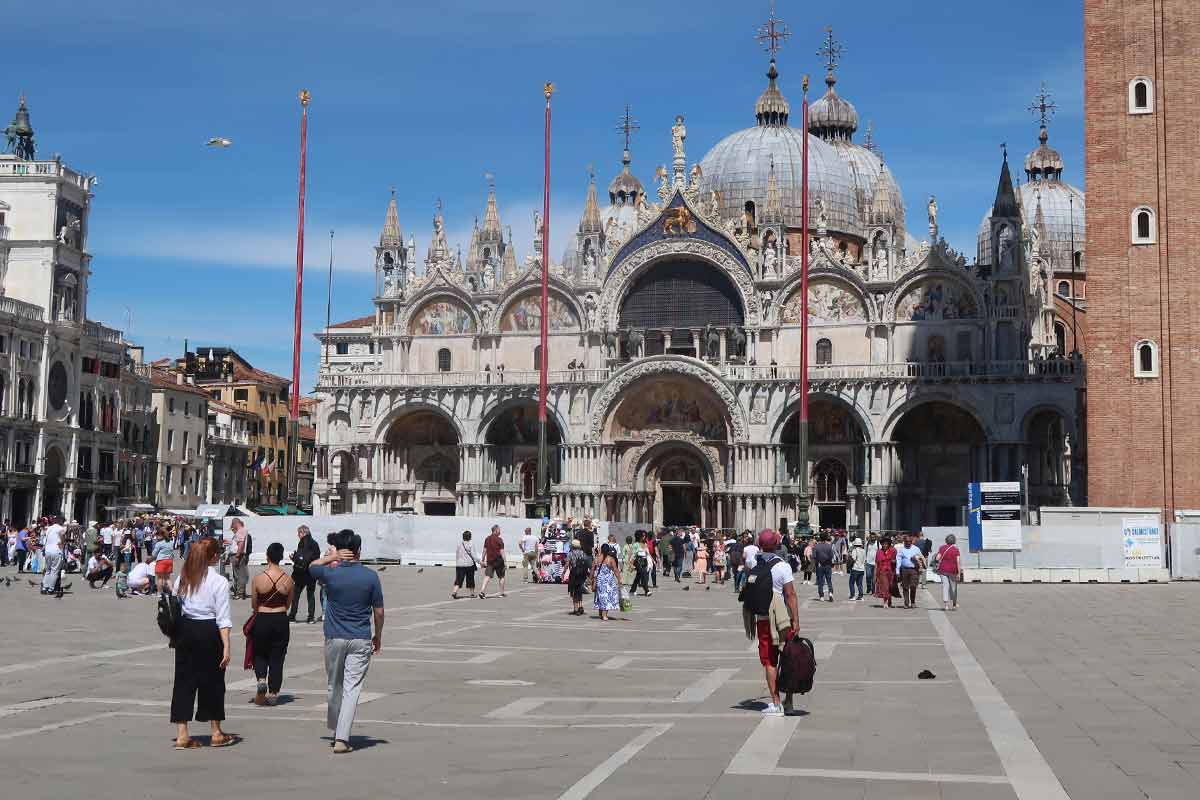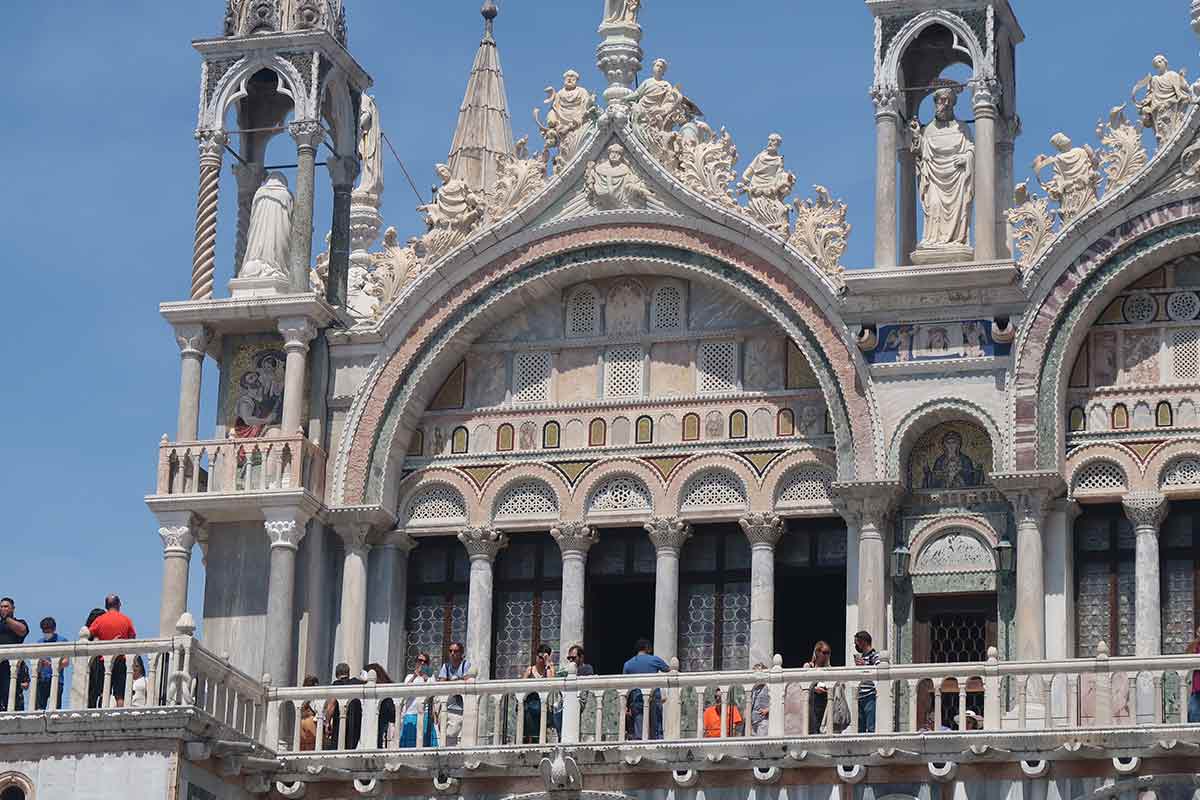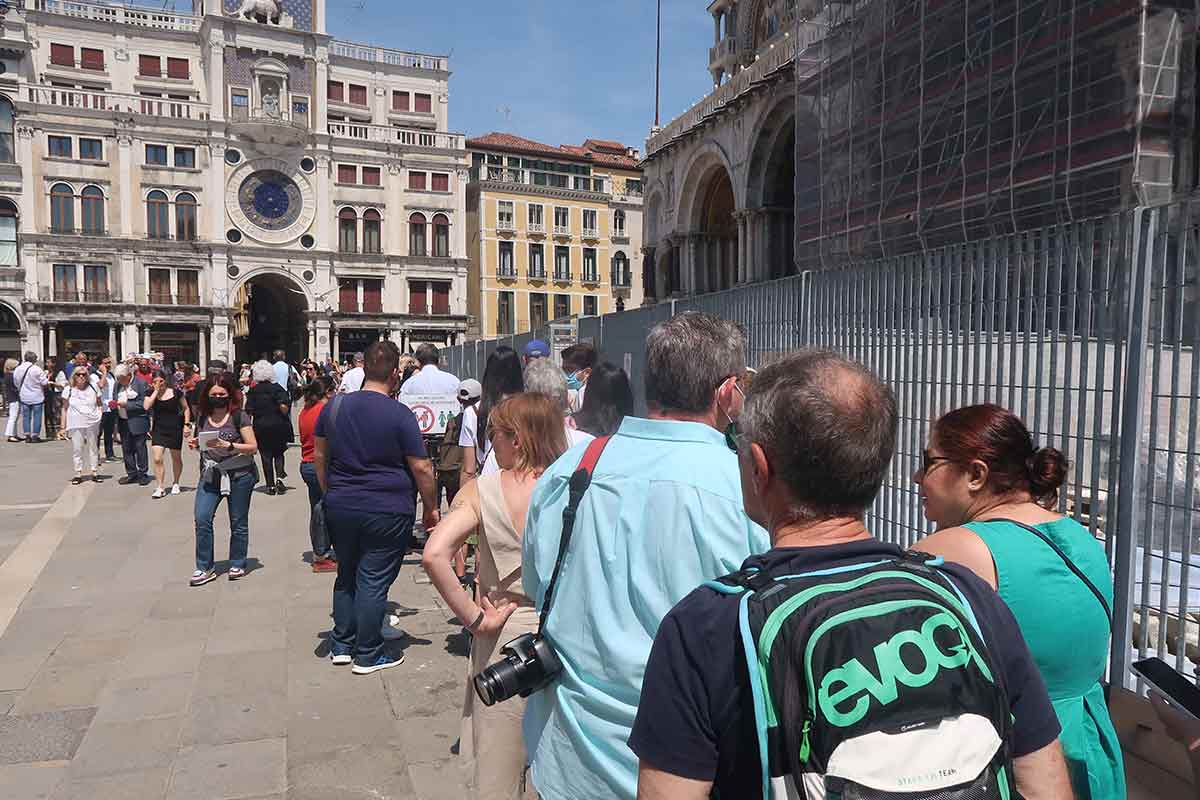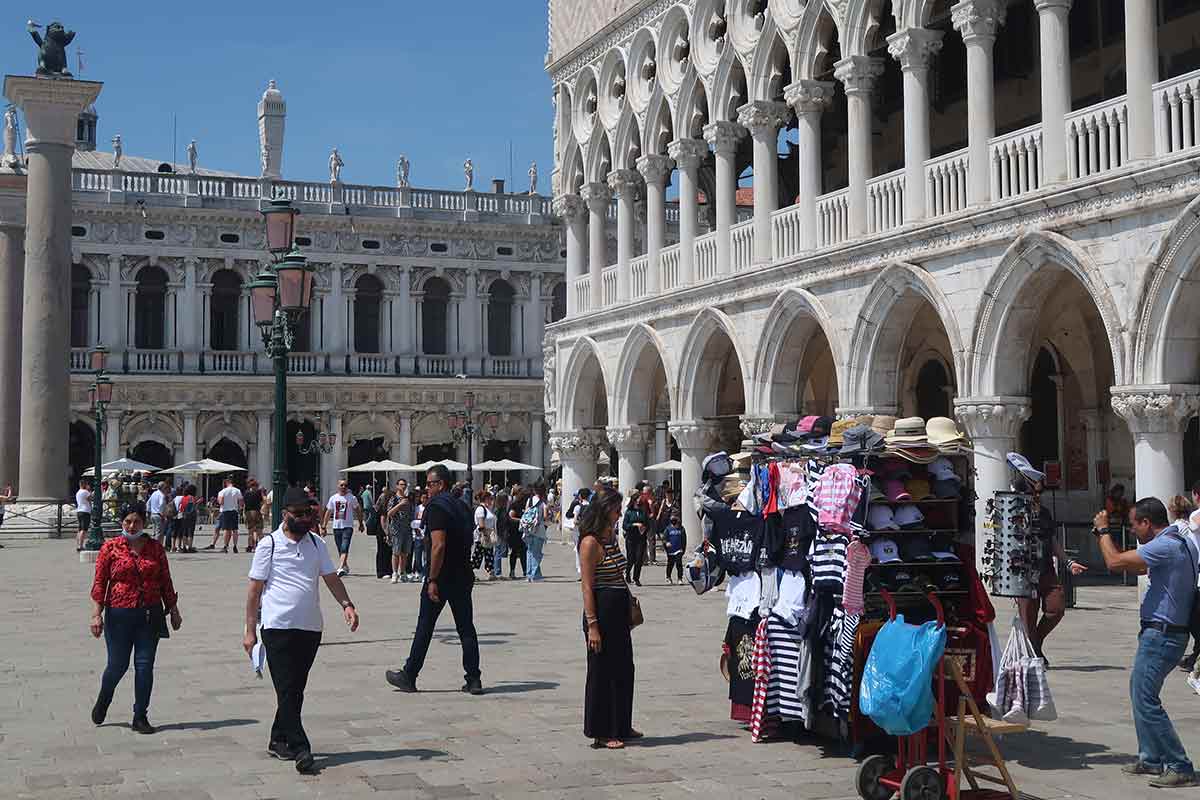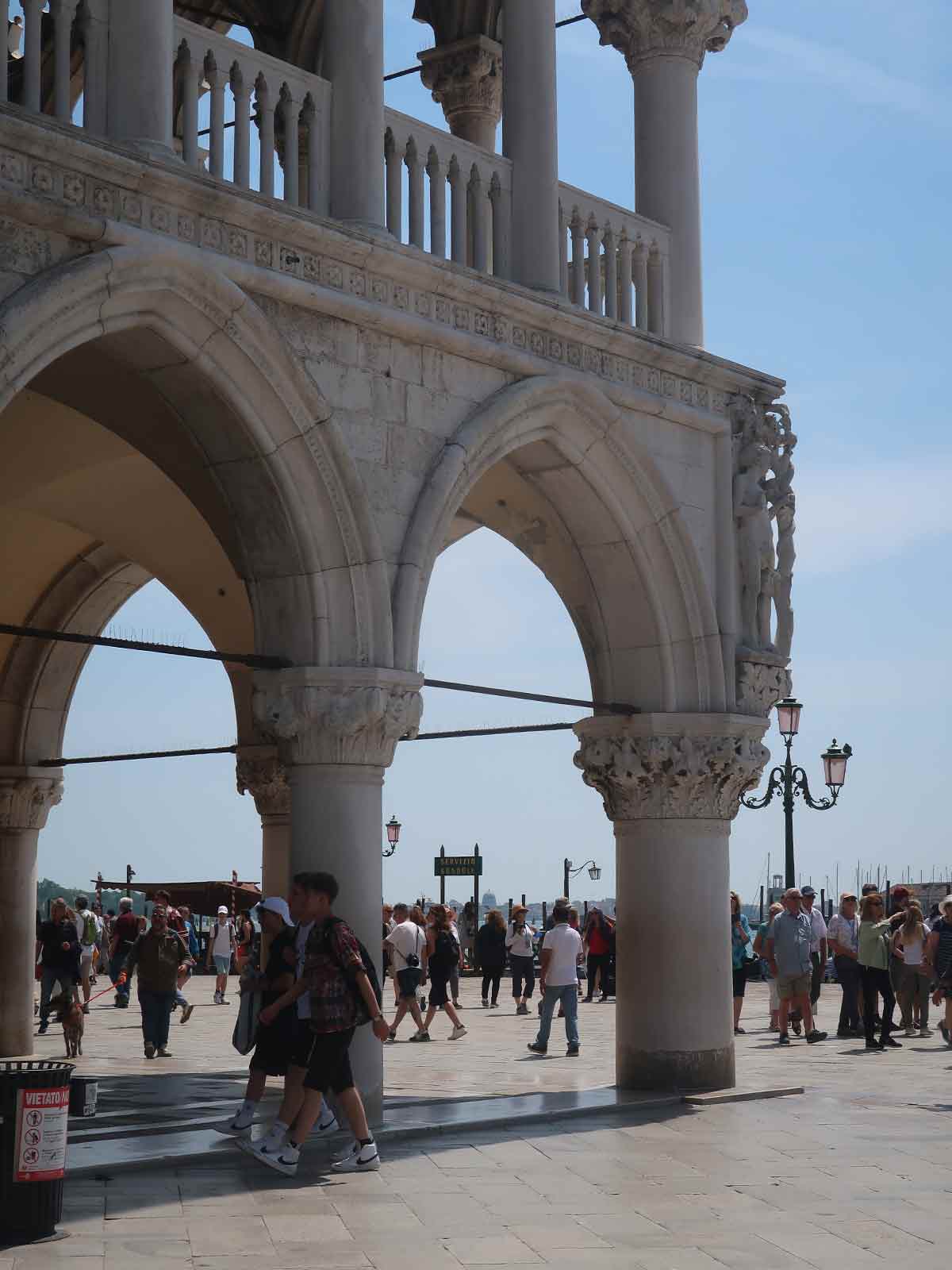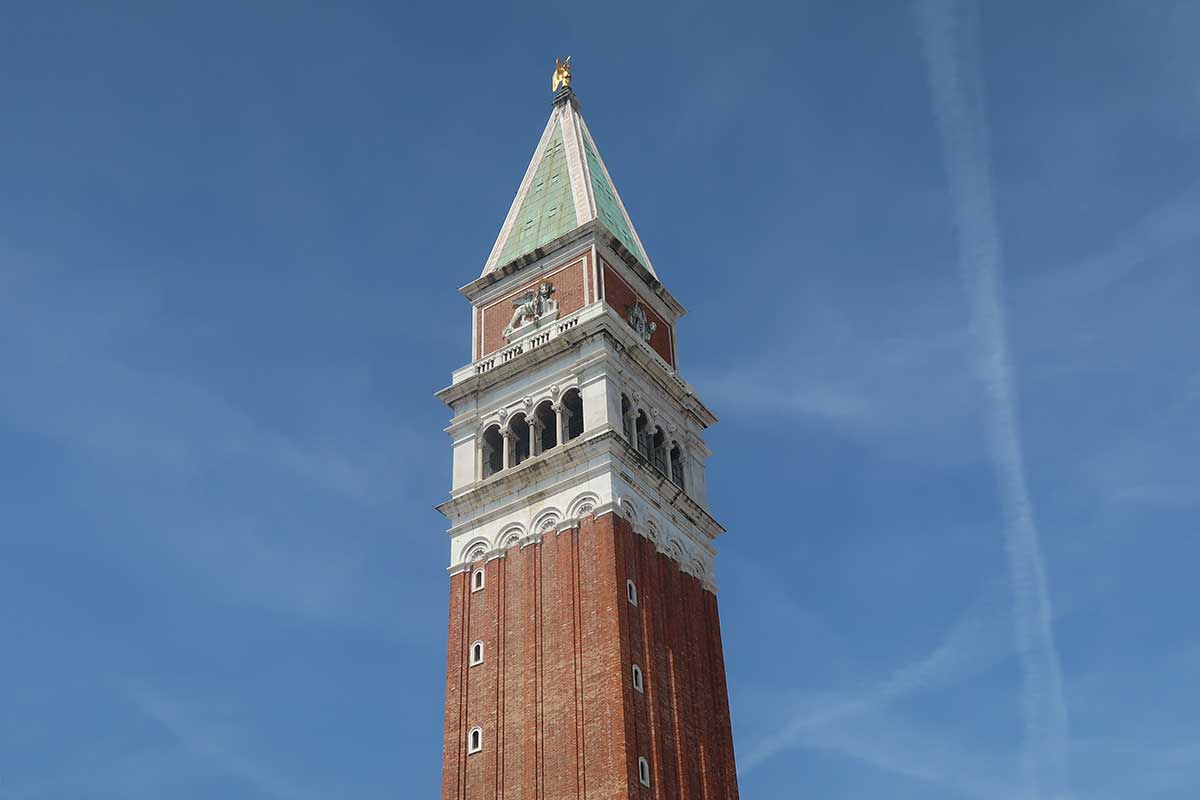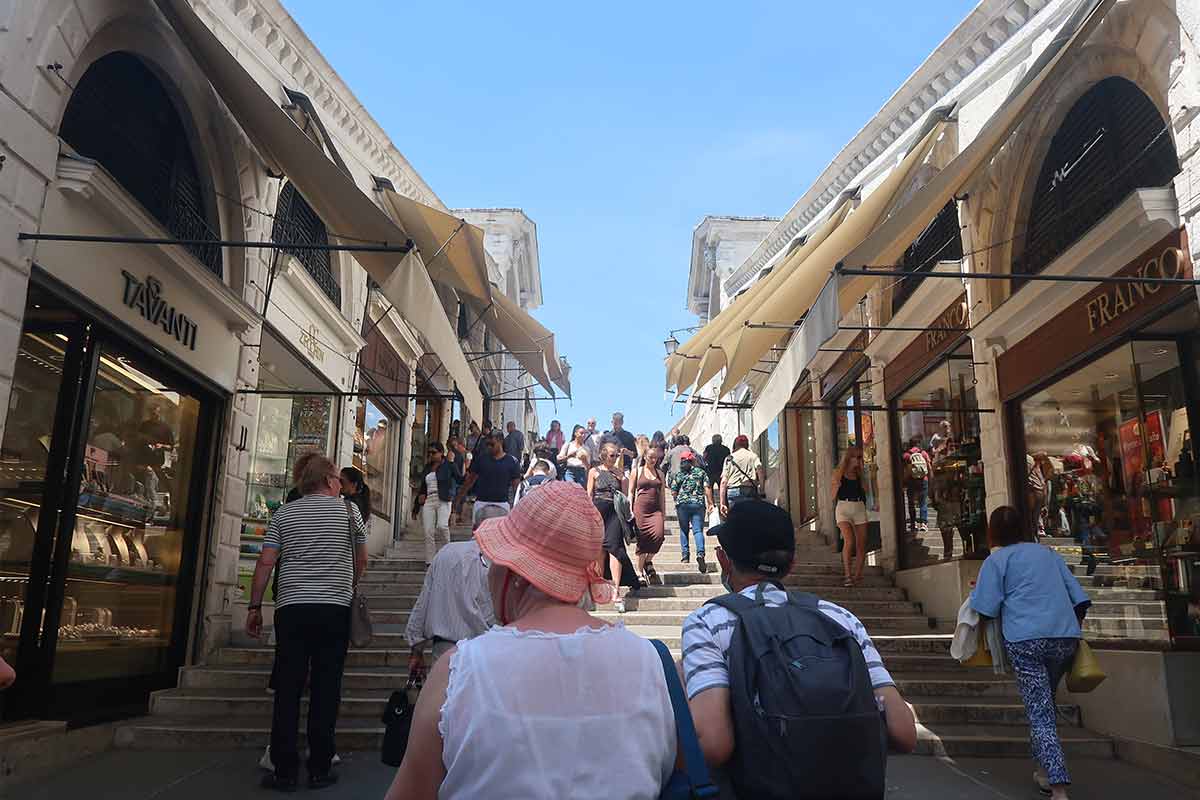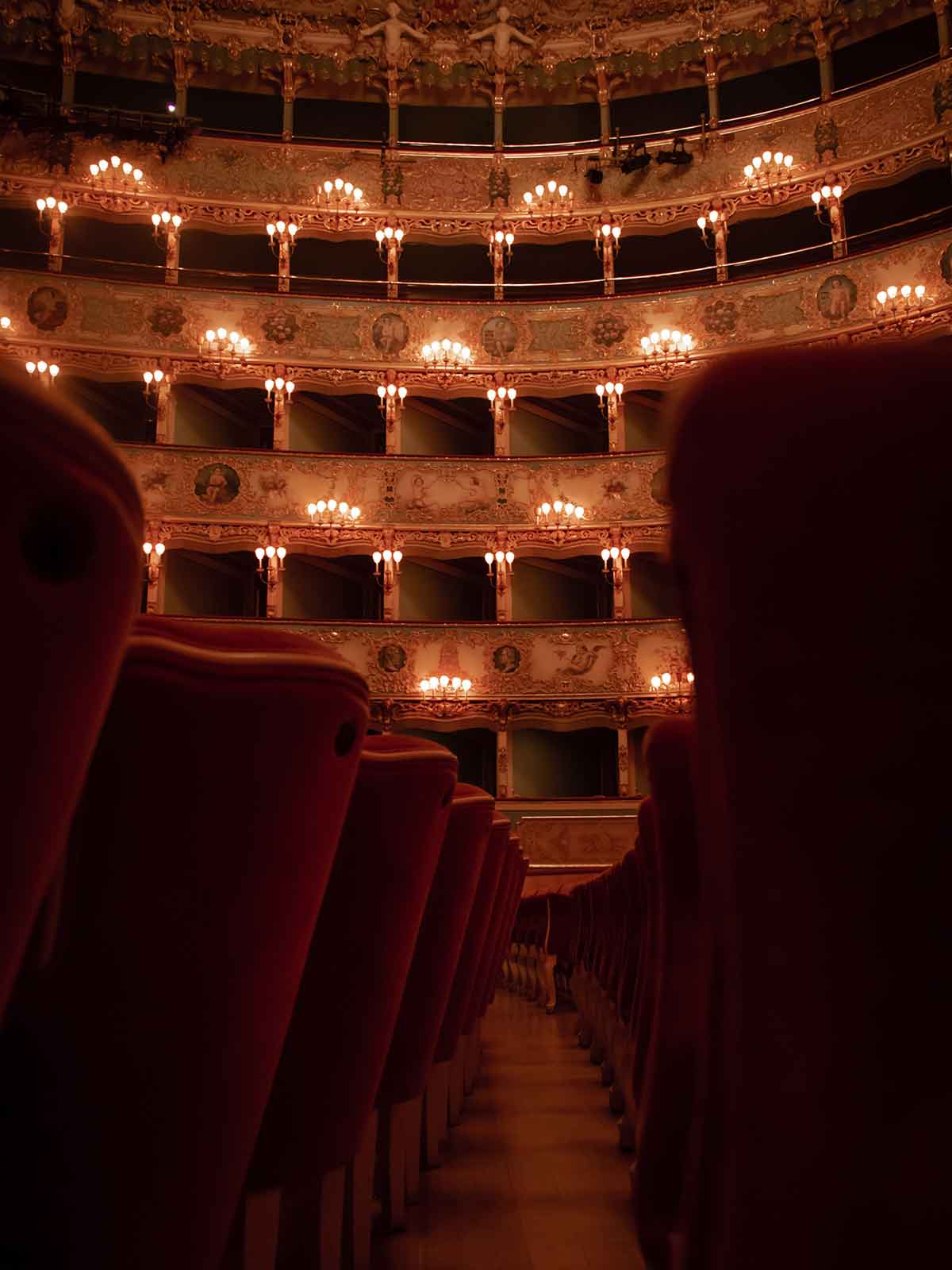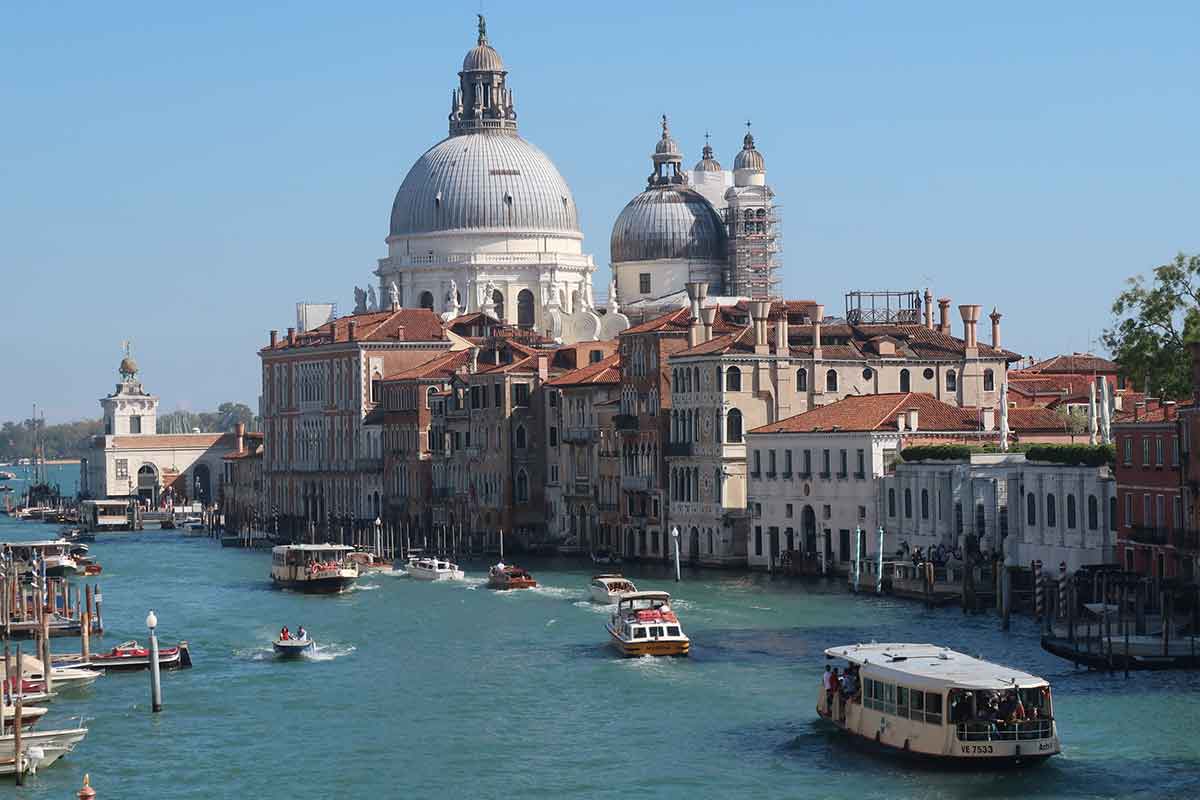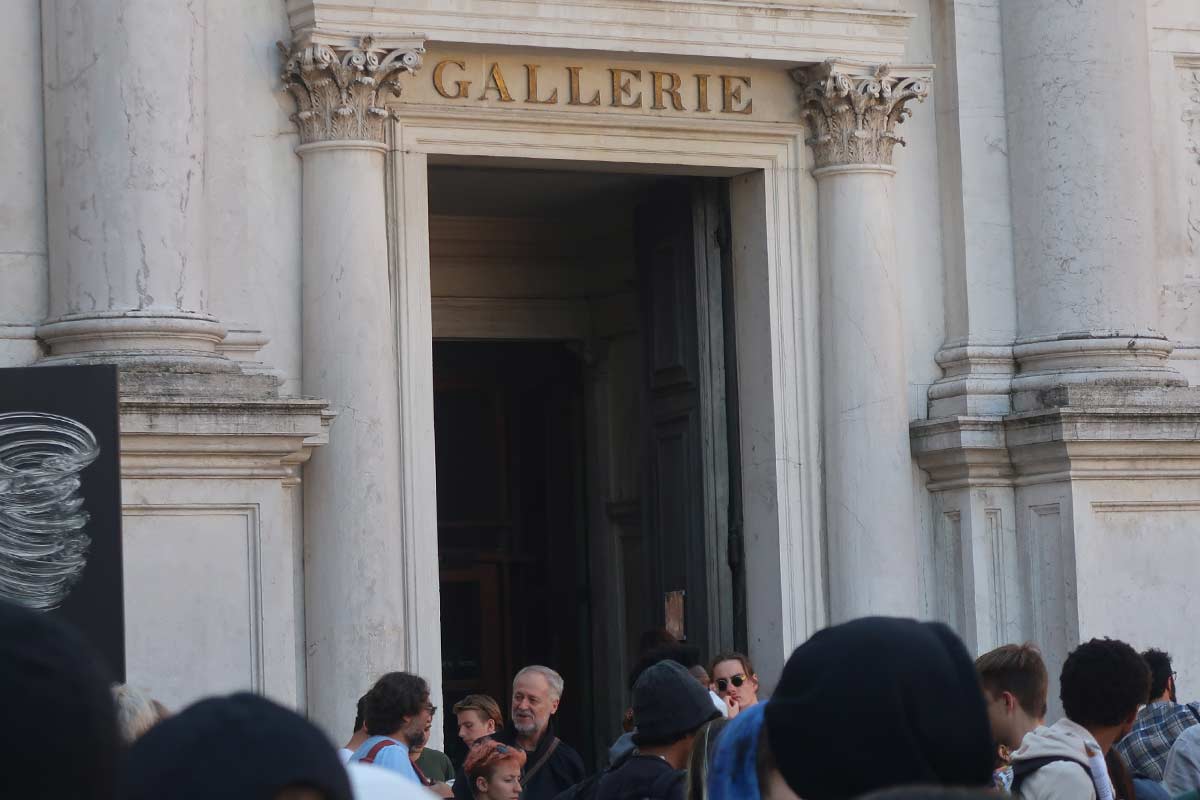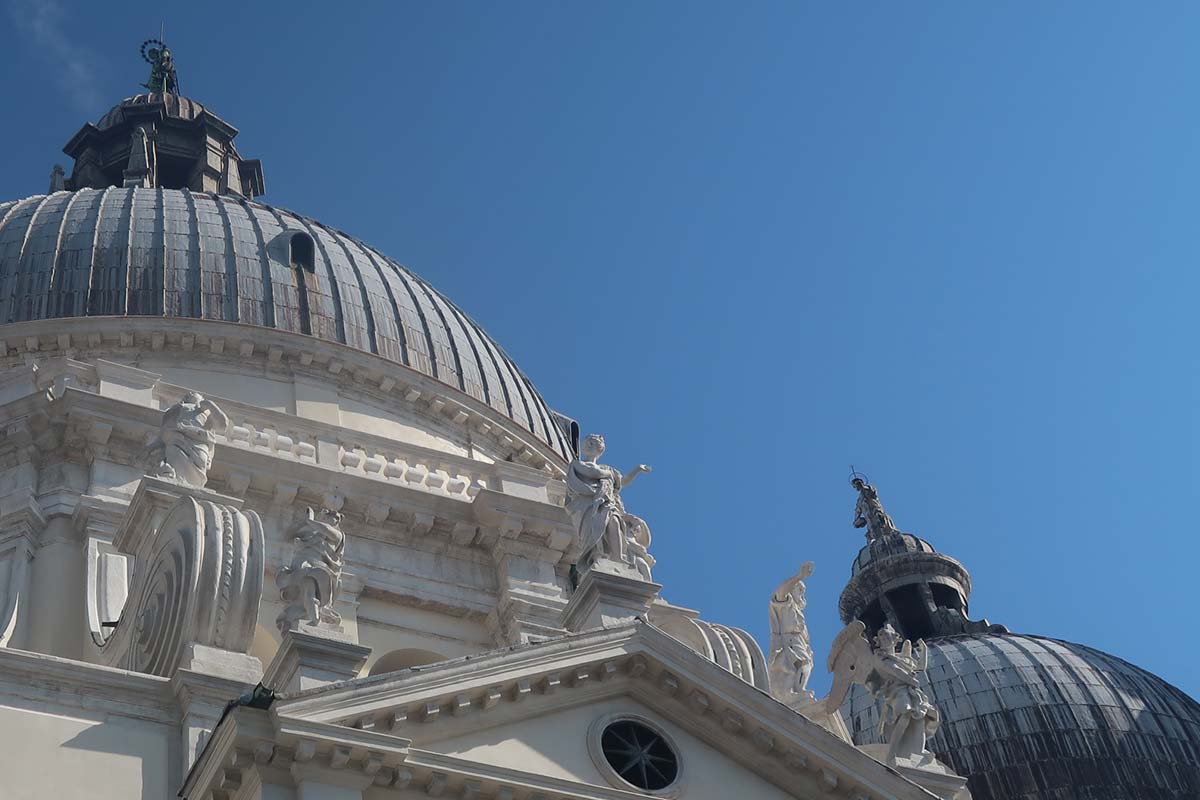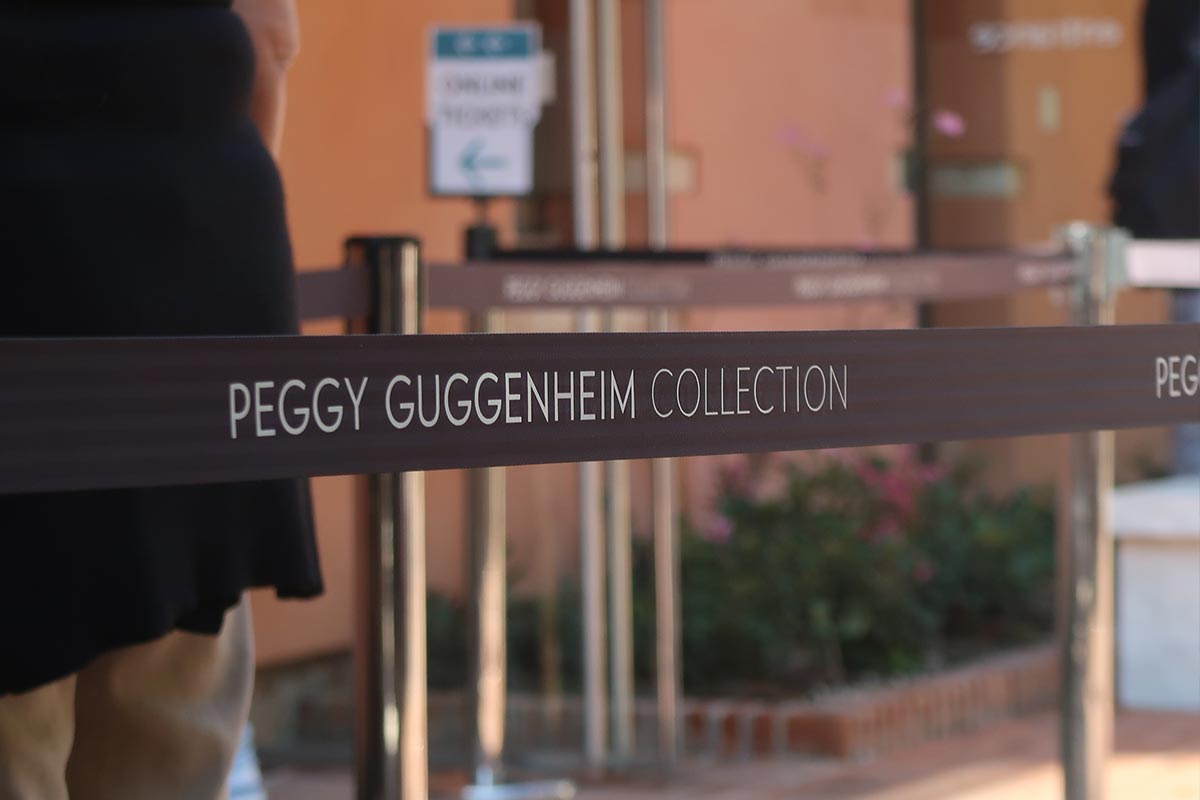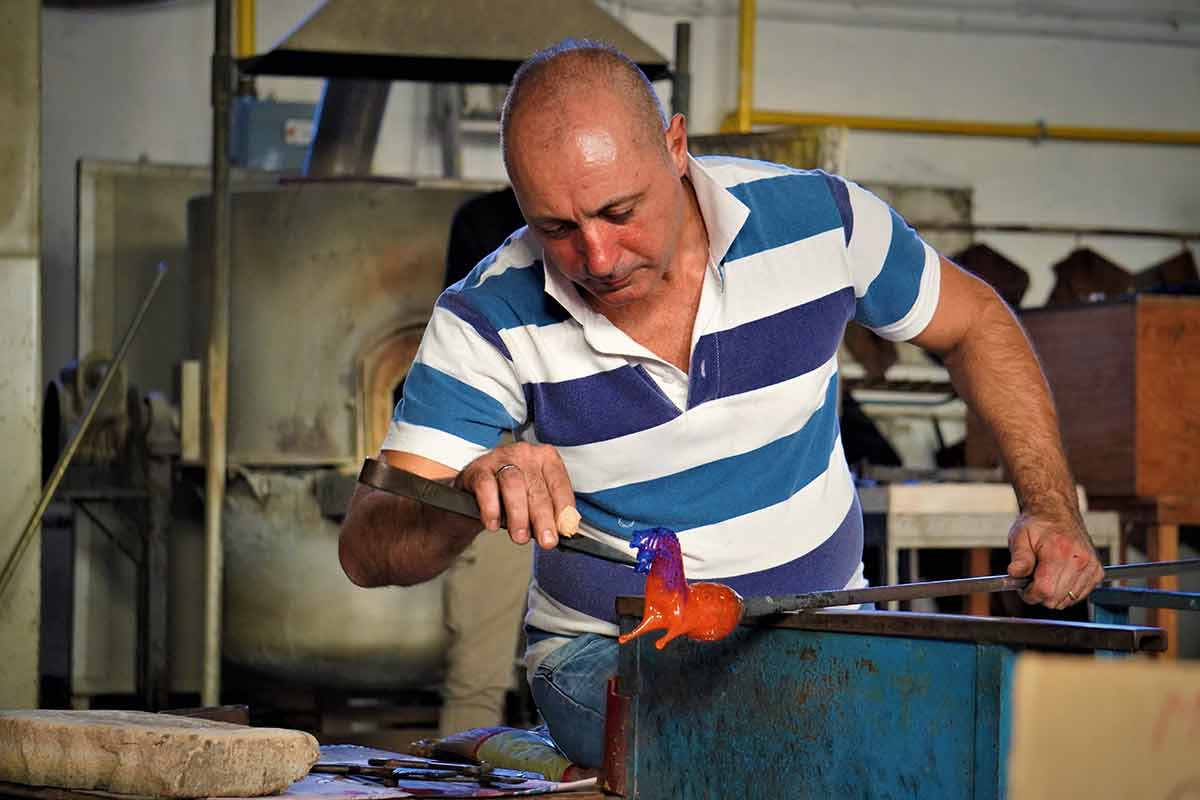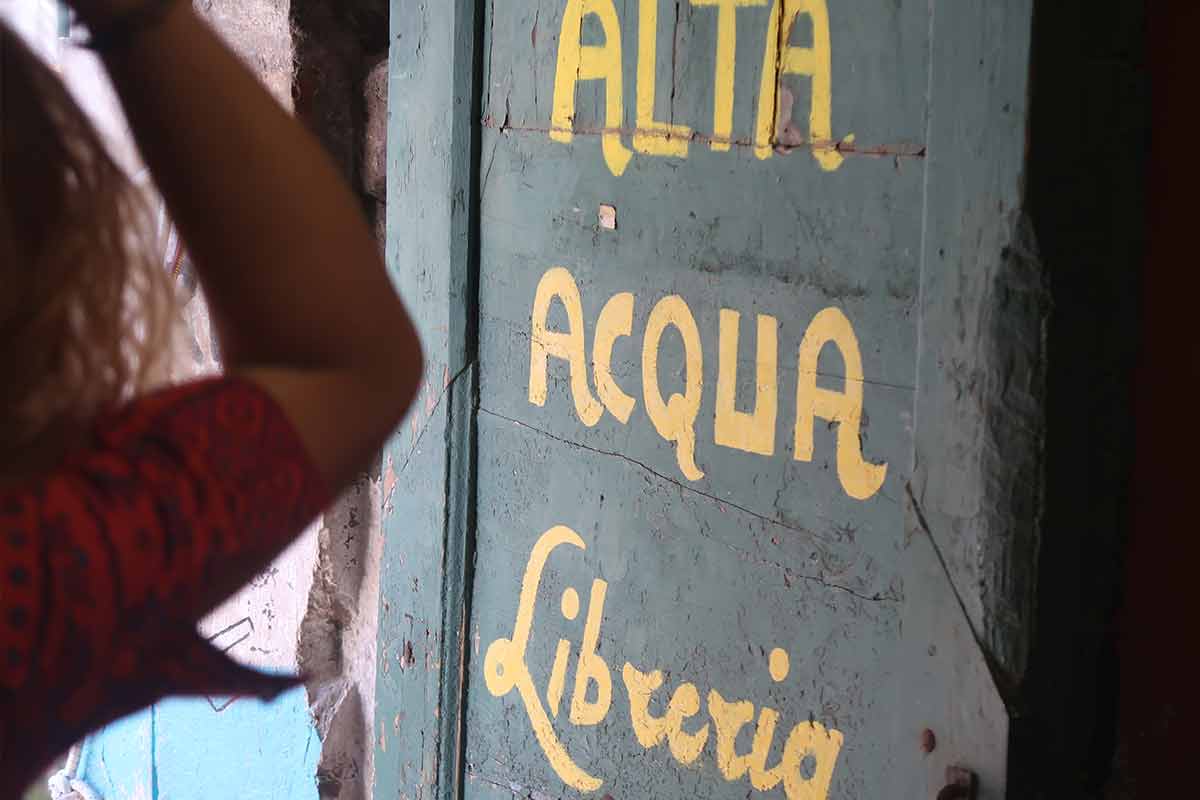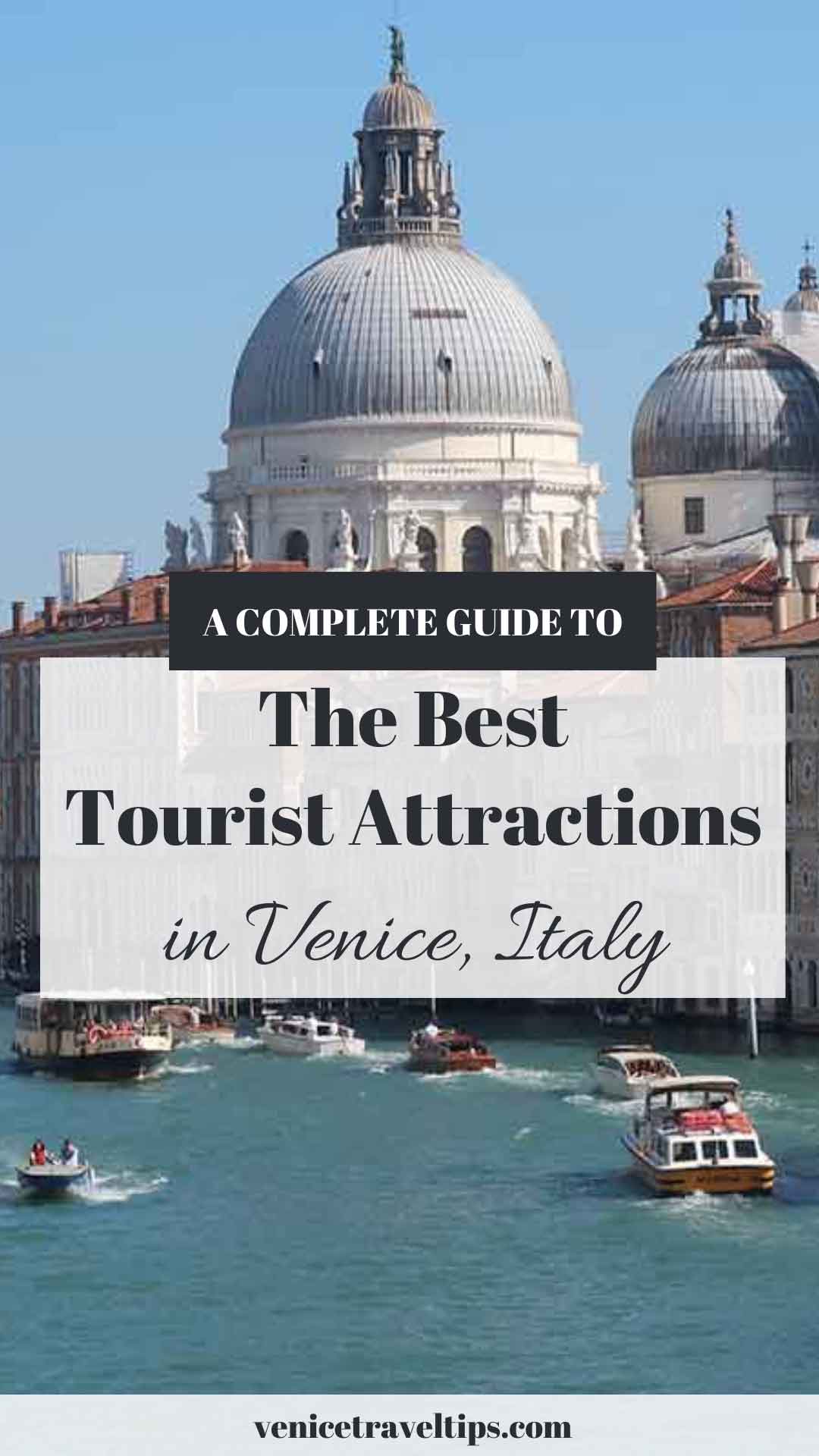Ciao and welcome to my post on Venice tourist attractions.
Venice is a destination full of beauty all around, and it doesn’t matter where you are in the city, there’ll always be something to see or do.
You’ve decided to visit Venice and now wondering which are the best places to visit. With this guide, you’ll learn about the most important attractions.
Ideally, you’ll visit them all, even if spending only one day in the lagoon city!
Venice Tourist Attractions
Among the Venice tourist attractions covered in this guide, you’ll read about remarkable bridges, acclaimed art galleries, and centuries-old churches.
Depending on how many days in Venice you have, you may be able to visit all of the attractions below. See the map below to help you locate each attraction.
Now, let’s start with one of the most popular attractions in Venice:
St. Mark’s Square (Piazza San Marco)
Also known as the ‘drawing room of Europe’ is the first place to visit in Venice. St. Mark’s Square is the heart of the lagoon and symbol of Venice.
Its first appearance dates back to the year 826 when the body of St. Mark was brought to Venice by two merchants from Alexandria of Egypt.
The monumental area of Piazza San Marco is made up of three sectors.
- The square itself, enclosed between the old and new Procuratie, with one side facing the homonymous basilica and the bell tower of St. Mark (Campanile di San Marco).
- The monumental access through the two columns facing the San Marco basin and the
- Piazzetta Dei Leoncini, named after the two crouched lions statues.
St. Mark’s Square is home to some of the most important attractions in the city: St. Mark’s Basilica, the St. Mark’s Campanile and Doge’s Palace.
As you walk around admiring the beauty of the square, don’t forget to stop by the Clock Tower of Venice (Torre dell’Orologio), a Renaissance building with a clock displaying the time, phase of the moon, and the Zodiac signs.
St. Mark’s Basilica (Basilica di San Marco)
The St. Mark’s Basilica is the most influential church of Venice, which dates back to the XI century.
Also called the ‘golden church’, here it’s where the St. Mark’s treasures are protected, and golden-colored mosaics with majestic design elements ornate the whole church (inside and out).
The basilica represented a sacred building and the visible symbol of the power and wealth acquired by the Serenissima Republic.
Before moving to the inside part of the church, take your time to step outside and admire the mosaics of the facade, where the story of how St. Mark’s body was brought to Venice is narrated.
If you look up, you can also admire the 4 horses’ statues. These were part of the Hippodrome of Constantinople.
When the city was conquered by the Venetians, the horses were brought to the lagoon as spoils of war.
Tourist attractions in Venice trip cost:
- The ticket cost to visit the St. Mark’s Basilica is 3 euro.
- To access the Pala d’Oro there’s a supplement of 5 euro to pay.
- Access to the Museum – Loggia Dei Cavalli is 7 euro.
There are often long queues to visit both the Basilica and nearby Doge’s Palace, the most visited Venice tourist attraction.
For this reason, I recommend this Doge’s Palace and St. Mark’s Basilica: Skip the Line Tour to avoid them and make the most of your precious time.
Doge’s Palace and Bridge of Sighs
If the St. Mark’s Basilica was the religious heart of Venice, the Doge’s Palace was the center of the political power of the Serenissima Republic.
Don’t forget to add to your Venice itinerary this elegant palace, one of the most significant Venice tourist attractions.
As the name itself says, this palace was the seat of the Doge, the chief magistrate of the Republic of Venice.
It’s another symbol of the city and an architectural masterpiece of the Venetian Gothic style. It’s located in St. Mark’s Square, close to the St. Mark’s basin.
The Doge’s palace interiors still include works by the most famous Venetian masters such as Titian, Domenico Tintoretto, and Paolo Veronese.
The palace is divided into three main sections and on different floors. During your visit, you’ll see the Doge’s Apartments and Institutional Chambers and finish with the Armoury and Prisons tour.
When moving towards the Prisons, you’ll have the chance to cross the famous Bridge of Sighs. Take a look at this Doge’s Palace skip-the-line entry ticket (with guide Book) to avoid long queues at the entrance!
St Mark’s Campanile
The St. Mark’s Campanile (Campanile of San Marco) is one of the symbols of Venice and called by Venetians ‘el paron de casa’ which means the Venetian’s housekeeper. From its 98.6 metres height, the famous bell tower is without any doubt the best place to enjoy 360° views of the city and the Venetian lagoon.
Overlooking the beautiful St. Mark’s Square, the Campanile is one of the most visited attractions in Venice and for this reason, I suggest you purchase your ticket in advance from the official website in order to skip the queues at the entrance.
On a clear day, from the Loggetta del Sansovino viewpoint that you’ll reach by lift, you can expect to see not only the close-by landmarks such as:
- St. Mark’s Basilica
- Doge’s Palace
- The island of San Giorgio Maggiore
But on a good day you can see Murano island and even further away the beautiful Dolomites mountains. The bell tower we can see today is not the original one.
In 1902, after some renovation works, it completely collapsed and after 10 years rebuilt another one, based on the original layout.
Rialto Bridge
The Rialto Bridge (Ponte di Rialto) is the most beautiful bridge spanning the Grand Canal in Venice. It’s definitely one of the top Venice tourist attractions, and you can’t miss it during your time here!
There are only four bridges connecting one bank of the Grand Canal to the other, this is the oldest one in the city. The bridge was originally a wooden bridge then replaced by a stone one in the early XVI century.
There’s a strong relationship between the bridge and the Rialto Market, to the point that the market gave the name ‘Rialto’ to the bridge!
Together with the market, the Rialto Bridge area is a vibrant and busy area of Venice, the best for souvenir shopping indeed.
The bridge has a single arch and two rows of shops that are connected to each other in the central part of the bridge.
Here you can find some souvenir shops. If you move to the external part of the bridge, you can enjoy a fantastic view over the Canal Grande.
To dig more into the historical importance of this area, there’s no better way than doing it in front of a glass of wine and some ‘cicchetti’.
To do that, join this 2.5-Hour Street Food Tour (with a local guide). You’ll explore the Rialto Market area and sample the traditional food of Venice on a small group 2.5-hour walking tour with a local guide.
La Fenice Theatre
La Fenice Theatre (Teatro La Fenice) is a prestigious opera theatre and one of the most important in the world.
It’s located in the San Marco neighbourhood (sestiere) quite close to St. Mark’s Square. Sadly, the building has been burned down various times over the centuries and the last time was not long ago, in 1996.
In the nineteenth century, the theatre hosted numerous world opera premieres by Gioachino Rossini, Vincenzo Bellini, Gaetano Donizetti and Giuseppe Verdi.
Nowadays, you can go to the theatre and enjoy opera and ballet performances and classical music concerts. From January 2004, every year it holds the traditional New Year’s Concert.
To learn more about this theatre, I recommend this La Fenice: Entry Ticket with Audio Guide. It’s a guided walk through La Fenice, during which you’ll discover its history and admire the sumptuous opera house.
This neoclassical style building has a gallery and four floors of boxes with balustrades are richly decorated with gilded reliefs and painted medallions that overlook the vast stalls. The theatre capacity is about 1500 spectators.
Grand Canal
The Grand Canal also called the ‘canalazzo’ by Venetians is the largest canal of the city, dividing it in half. With its unique inverted ‘S’ shape it extends for more or less 4 kilometres.
There are wonderful palaces, churches and museums overlooking it and the best way to make the most of its views is by riding a gondola.
There are only four bridges crossing the Grand Canal: the Rialto Bridge, the Accademia Bridge, Ponte degli Scalzi and Constitution Bridge. The best panoramas you can enjoy of the canal are from the Rialto and the Accademia bridges.
The Grand Canal is quite trafficked all day long with gondolas, water taxis, private small boats and water buses navigating it. To enjoy the city in silence, go for a gondola ride in the evening or night.
Accademia Gallery
The Galleria dell’Accademia is an art museum based in the Dorsoduro neighborhood in Venice.
Facing the Canal Grande and surrounded by old Gothic palaces and a small picturesque public square, the Accademia Galleries is one of the most visited Venice tourist attractions.
The museum holds the best collection in the world of Venetian art, from the XIV to XVIII centuries.
You can walk around the galleries and stand in front of Titian, Tintoretto, Canaletto and Bellini masterpieces.
Here it’s where you can also see the Vitruvian Man of Leonardo da Vinci (only during certain times). In total, there are 37 rooms to explore.
The itinerary starts with paintings and artworks from the fourteenth century and ends with the eighteenth century.
After your visit, cross the Accademia Bridge (Ponte dell’Accademia) and from there you can enjoy a lovely view over the Grand Canal.
To make the most of being in the Dorsoduro neighborhood, I suggest letting an expert private guide lead your way, whilst sharing with you all the secrets and hidden corners. This Accademia Gallery and Dorsoduro Tour is perfect!
Santa Maria della Salute
Santa Maria della Salute is the second most important church in Venice, after the St. Mark’s Basilica. It’s located in the Dorsoduro district at Punta della Dogana.
The regular shape, the giant dome and the beautiful marbles make of this church a real architectural gem attracting many visitors of the lagoon city.
In 1630 a devastating plague decimated the Venetian population, claiming about 80,000 victims. As a votive offering, the Republic of Venice’s senate decided to build a magnificent church to pray and ask St. Mary to help the city to fight the epidemic.
Since then, every 21st November, Venice celebrates St. Mary with a special feast called ‘Festa della Madonna della Salute’. The church was designed in Baroque style and inside are collected masterpieces of Venetian artists such as Titian, Luca Giordano and Tintoretto.
Peggy Guggenheim Collection
The Peggy Guggenheim Collection is one of the most prestigious museums of contemporary art in the world. It’s based in Palazzo Venier dei Leoni overlooking the Grand Canal, where the influent patron once lived, in the Dorsoduro district.
The museum houses her personal collection along with other collections and temporary exhibitions. Here you can admire works of the most influential artists of the contemporary era such as Picasso, Modigliani, Dalì, Magritte, Warhol and many others.
It’s mainly focused on European and American art of the 20th century and the art movements represented are Surrealism, Cubism, Futurism, Abstract Expressionism and Avant-Garde.
Murano and Burano
If you’re spending more than 2 days in Venice, then you should definitely hop on a water bus and visit other islands in the Venetian lagoon.
Two of the most famous one are Murano and Burano. Murano is famous for the glass-blowing art and Burano for its rainbow-coloured houses and the lace.
Glassworkers based initially in Venice were asked to move location as the city prohibited the use of furnaces, as possible cause of fires and this island became their new space to work. Today you can still watch glass-blowing masters creating stunning glass products.
Here you can also visit one of the oldest churches in the lagoon: the Basilica of Santa Maria and San Donato and the Glass Museum to get a closer look.
The other island Burano is particularly loved by tourists for the fishermen’s houses painted with different colours. It’s also famous for lace making and the sweet treat ‘buranelli’ that you should absolutely try if visiting the island.
Libreria Acqua Alta
The Acqua Alta bookshop is a truly unusual yet not-to-be-missed attractions of Venice. It was created in 2004 from an idea by Luigi Frizzo and it’s not far from attractions like St. Mark’s Square and the Rialto Bridge.
The crumped space is a unique collection of new and second-hand books stored inside gondolas and kayaks! One side of the store overlooks a canal, where a gondola is parked, and during the high tide is subject to flooding.
There are a couple of terraces where you can find more books and the most loved is the book staircase, from where visitors enjoy views of the city and take pictures. The bookshop is a great place to look for guides and books about Venice in different languages and buy postcards.
Venice Travel Tips
The tips below show you how to make the most of a visit to Venice:
- St. Mark’s Square is the lowest area of Venice. If you travel during autumn and wintertime, there’s also the risk of high water some days. Carry with you some rubber boots and check the website Forecasts and Tide Centre of the City of Venice to know when the high tide is expected.
- Considering that the St. Mark’s Basilica is one of the most important Venice tourist attractions, try to plan your day in a way that will allow you to visit it early in the morning. Usually, early mornings or as soon as the attraction opens is the best time to visit it. With no a few tourists around the city, you can avoid long queues.
- The cost of the ticket to visit the Doge’s Palace is 25 euro per person. With this ticket you can also have access to the nearby Correr Museum, National Archeological Museum, and Monumental Rooms of the Marciana’s Library.
- When deciding where to stay in Venice you can choose one of the popular neighbourhoods to ensure you’re in close proximity to the attractions that interest you the most.
- The Rialto Bridge and Market area is one of the best places in town to experience what is the Venetian aperitivo. To enjoy a sparkling Prosecco glass and eat delicious ‘cicchetti’ in front of the Canal Grande, find your spot in the outside seating bar area of the Osteria Girobanco!
- If visiting the La Fenice Theatre, it’s worth knowing that the opera season tickets can cost between 290 euro and 15 euro. The price is based on your seat position and if you book it for the opening night, premier night, or following shows.
- The Accademia Galleries are part of the Dorsoduro Museum Mile. This means that visitors who purchased a ticket in one of the partner museums or are Membership cardholders of one of the institutions are entitled to a reduced-price entry ticket in the other partner museums. The reduced ticket amount is: for the Peggy Guggenheim Collection 13 euro, for Palazzo Grassi – Punta Della Dogana 12 euro, and for the Galleria of Palazzo Cini 7 euro.
Tourist Attractions in Venice FAQ Guide
Here are some questions people ask when it comes to visiting Venice.
Got travel insurance for Venice?
World Nomads offers simple and flexible travel insurance. Buy at home or while travelling and claim online from anywhere in the world.
Venice Tourist Attractions
Venice is a shrine of treasures and I have noted some incredible ones in this guide. You now know more about six of the top Venice tourist attractions.
From the St. Mark’s Square popular landmarks to the Dorsoduro prestigious art museums, fill up with the beauty of this city all around, and learn about its fascinating history.
Along with some of the free things to do in Venice be sure to add these places to your itinerary and make the most of your time in Venice.
📌 Like this article? Click to Pin it…
If you found this Venice travel guide helpful, feel free to buy me a virtual coffee here.
“Dear traveller! Some links in this post contain affiliate links. Meaning, if you click through and make a tour booking or reserve a hotel, I may earn a small commission at no additional cost to you. Your support means a lot to me and helps me to keep creating and maintaining the quality of this site for you.”
